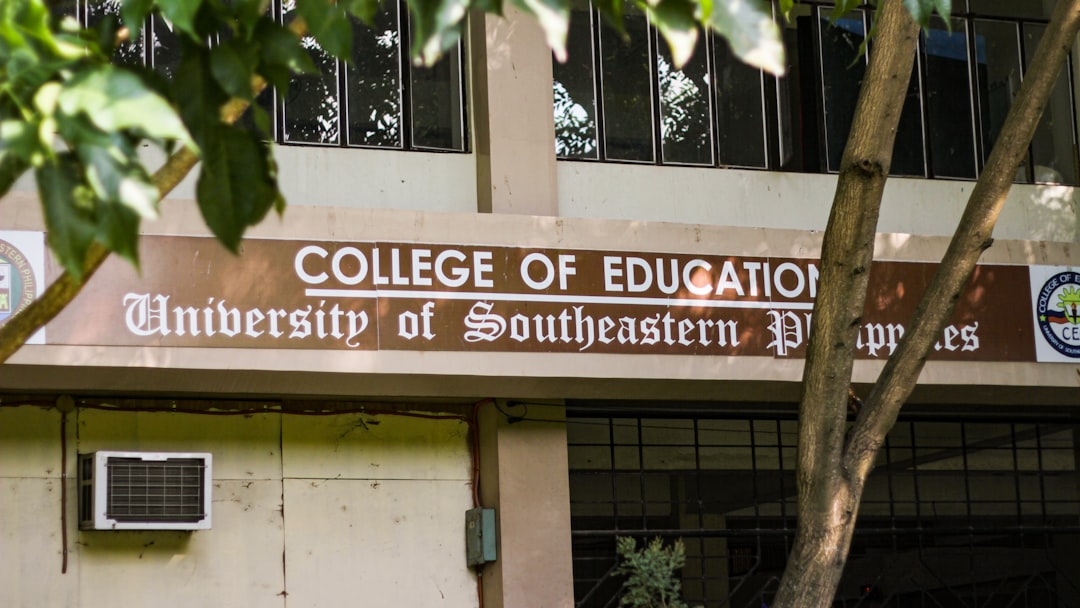No products in the cart.
Indian Public Sector Universities Shine in Times Higher Education Rankings 2026
The latest Times Higher Education Rankings 2026 showcase Indian public sector universities making significant strides in global education.
Mumbai, India — The Times Higher Education (THE) World University Rankings for 2026 have been released, showcasing a remarkable performance by Indian public sector universities (PSUs). With a focus on research, teaching, and global outlook, these institutions are making their mark on the international stage.
According to the latest rankings, the Indian Institute of Science (IISc) Bangalore has emerged as the highest-ranked Indian university, placing 202nd globally. This marks a significant achievement as it enters the top 200 for the first time. Following closely behind are institutions like the Indian Institute of Technology (IIT) Bombay and the Indian Institute of Technology (IIT) Delhi, ranked 250th and 300th, respectively. These rankings reflect not only the academic rigor but also the increasing global recognition of Indian PSUs.

These rankings are based on a comprehensive analysis of various performance indicators, including teaching quality, research output, and international collaborations. The methodology employed by THE provides a nuanced view of how universities fare in a competitive global landscape. Notably, the rise of Indian institutions coincides with increased investment in higher education, both from the government and private sectors.
In recent years, the Indian government has prioritized higher education, aiming to enhance the quality and accessibility of learning.
In recent years, the Indian government has prioritized higher education, aiming to enhance the quality and accessibility of learning. Initiatives such as the National Institutional Ranking Framework (NIRF) and increased funding for research projects have contributed to this upward trajectory. Furthermore, partnerships with international universities are becoming more common, facilitating knowledge exchange and collaborative research.
However, challenges remain. While the rankings showcase progress, they also highlight disparities within the higher education system. Many regional universities still struggle with inadequate infrastructure and limited research funding. The central government has acknowledged these issues, pledging to support underperforming institutions in the coming years.
Moreover, the competition among universities is intensifying. As global education becomes increasingly interconnected, Indian PSUs must adapt to changing dynamics. Embracing technology and innovative teaching methods will be crucial for maintaining their competitive edge. Many institutions are already exploring online education and hybrid models to reach a broader audience.
As we look forward, the trajectory of Indian public sector universities appears promising. With continued investment and a focus on international collaboration, these institutions are poised to elevate their standings further in global rankings. The emphasis on research and innovation will also play a critical role in shaping their future.
In conclusion, the 2026 Times Higher Education Rankings not only celebrate the achievements of Indian PSUs but also serve as a reminder of the work that lies ahead. As these institutions strive for excellence, they must embrace change and seize opportunities to enhance their global presence. The future of Indian higher education looks bright, and with strategic efforts, the nation can further solidify its position in the global academic arena.







